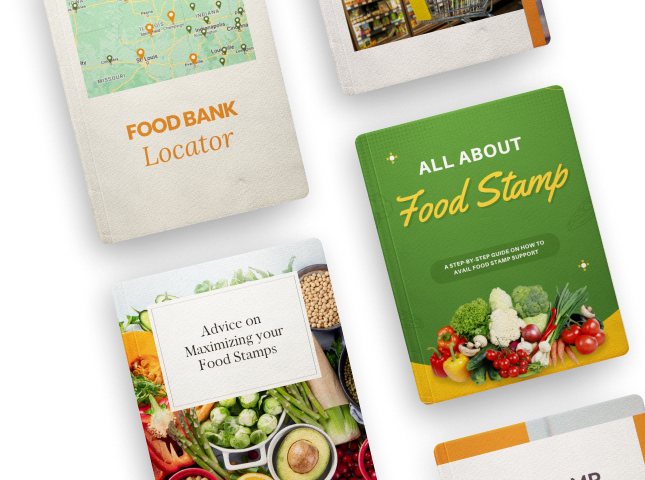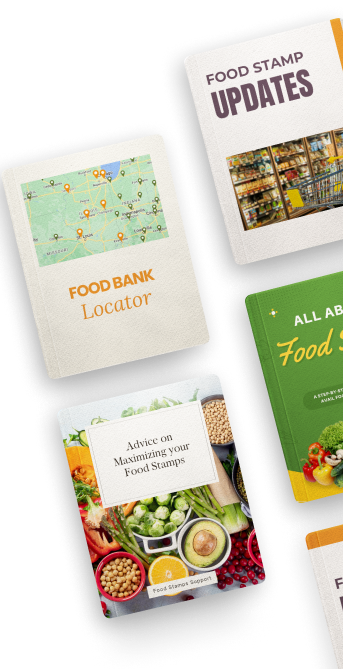SNAP Benefits: A Vital Lifeline for Struggling Families
In every community, there are families struggling to put food on the table. For many, SNAP food stamps offer a crucial source of relief from food insecurity and hunger.
The Supplemental Nutrition Assistance Program provides monthly benefits on an EBT card that can be used to purchase groceries. As the holidays approach, it's important for people in need to understand how SNAP can help nourish their families.
SNAP aims to combat hunger and improve health by increasing access to nutritious foods for low-income households.
Eligibility depends on your household size, income, expenses, and other factors. In most states, you may qualify if your monthly income is below 130% of the poverty level. Households with children, elderly or disabled members typically have higher income limits.
Monthly SNAP benefits are calculated based on your specific household situation. The average benefit per person is $189 per month for the incoming 2024 fiscal year. However, the maximum benefit for a family of four is $939. SNAP recipients also received emergency allotments during COVID to increase aid.
Benefits are deposited monthly, usually during the first two weeks of each month. Payment dates vary by state. You can check with your local SNAP office for details.
SNAP benefits can be used at most grocery stores, supermarkets, and farmers markets to buy food items like:
- Fruits and vegetables: SNAP covers all varieties of fresh, frozen, and canned fruits and vegetables.
- Breads and grains: SNAP pays for bread, rice, pasta, and cereal products.
- Dairy: Milk, eggs, cheese, and other dairy goods are covered.
- Meats: Chicken, fish, and red meats like beef and pork are eligible for purchase with SNAP.
- Snacks: Some snack foods like granola bars, nuts, and dried fruits can be purchased on SNAP.
You cannot use SNAP for alcohol, tobacco, pet food, paper products, or prepared meals. But for most nutritious staples, SNAP has you covered.
Applying for SNAP benefits may seem daunting, but the program aims to provide food aid for those truly in need. Don't hesitate to apply if you're struggling to afford groceries.
SNAP can make a meaningful difference in the lives of families facing food insecurity. With open communication and proper documentation of your situation, you may find you qualify for more help than you realized. SNAP offers a vital lifeline, especially for children and others vulnerable to hunger.












